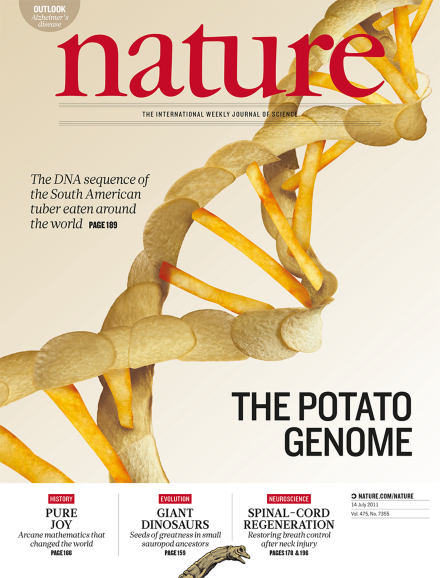Volume 475 Issue 7355, 14 July 2011
Editorial
World View
Research Highlights
Seven Days
News
News Feature
Comment
Correction
Books & Arts
Correspondence
News & Views
Correction
Article
Letter
Corrigendum
Feature
Column
-
Too many tasks
Career Guide:

